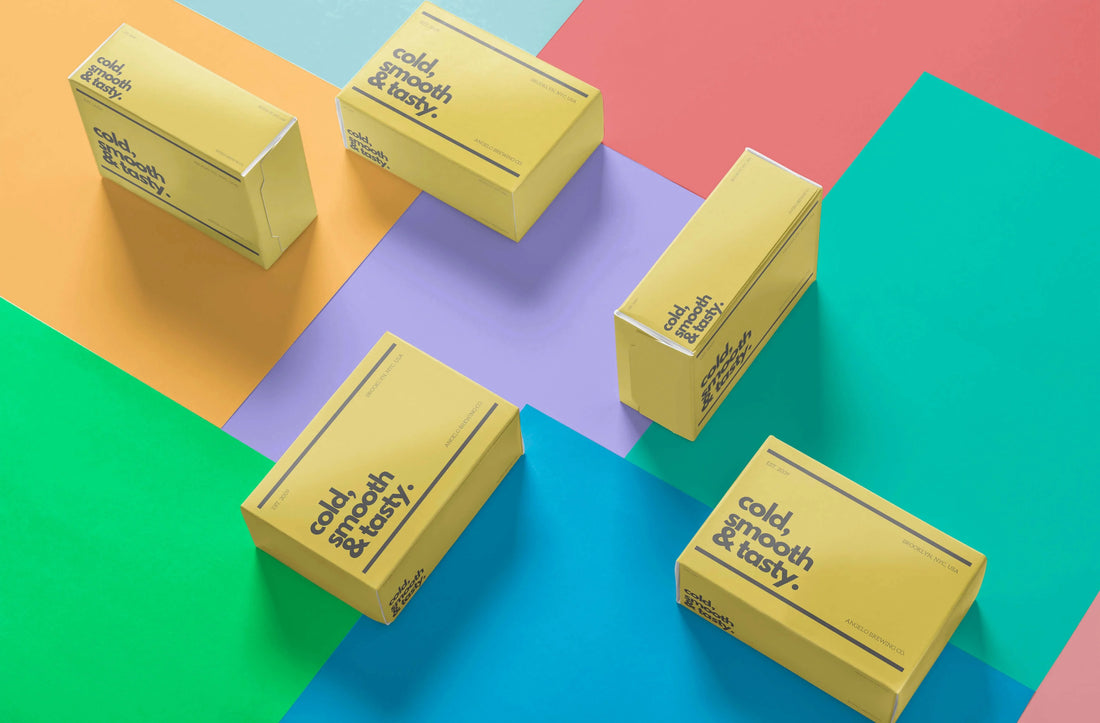
Boxes Production
The Art and Science of Box Production: From Concept to Creation
In the world of packaging, boxes play a crucial role. Whether you're shipping products across the globe, packing fragile items, or displaying your brand with pride, the right box design and production can make all the difference. But how does this simple yet essential item come to life? Let’s dive into the art and science of box production, exploring the steps that transform raw materials into functional, beautiful boxes.
1. Understanding the Purpose of the Box
Every box has a purpose—whether it’s for protection, branding, or presentation. The first step in box production is understanding the requirements:
- Durability: Boxes for heavy products require strong materials, such as corrugated cardboard, while lighter products may do well with paperboard.
- Design: Custom designs for branding and marketing, with features like logos, colors, and unique shapes, enhance a company’s image.
- Functionality: Some boxes need easy-open features, while others must be secure for transportation.
Understanding these factors helps producers select the right materials and design features for the intended purpose.
2. Selecting Materials
The material choice is key in box production. Common options include:
- Corrugated Cardboard: Known for its strength, it consists of a fluted layer sandwiched between two flat linerboards. It’s perfect for shipping and heavy-duty packaging.
- Paperboard: A more lightweight option, ideal for retail packaging and display.
- Eco-friendly Alternatives: With the rise of sustainability, many companies are turning to recycled materials and biodegradable options to reduce their environmental footprint.
3. Design and Prototyping
Once the purpose and material are chosen, the next step is the design. A box must be aesthetically pleasing, but it also needs to be functional. CAD (Computer-Aided Design) software is often used to create 3D models of the box, considering elements like dimensions, structural integrity, and graphics. Prototyping allows for testing the design before full-scale production.
4. Printing and Customization
Box printing is where creativity comes into play. Modern printing technologies, such as digital printing or lithography, allow for high-quality images, logos, and text to be printed directly onto the box. Brands can customize boxes with unique designs, creating packaging that stands out on the shelf or leaves a lasting impression when delivered to the customer.
5. Cutting and Folding
Once printed, the flat sheets of material are cut and creased into the desired shape. This step involves die-cutting, where a machine uses a custom-shaped blade to cut the box. Folding and gluing come next, transforming the flat material into a functional, 3D structure.
6. Quality Control and Testing
Before boxes leave the factory, they go through rigorous quality checks. This may involve testing their ability to withstand weight, pressure, and environmental factors like humidity. For boxes used in shipping, drop tests and compression tests ensure they can handle the rigors of transportation.
7. Sustainability in Box Production
Sustainability is a growing focus in the packaging industry. Many box manufacturers are adopting eco-friendly practices, such as:
- Using recycled materials: Reducing the reliance on virgin fibers and lowering environmental impact.
- Minimizing waste: Efficient cutting techniques help reduce material waste during production.
- Biodegradable options: More companies are experimenting with compostable materials that break down naturally over time.
8. Future Trends in Box Production
The box production industry continues to evolve, with exciting trends on the horizon:
- Smart Packaging: Incorporating QR codes and RFID technology to offer interactive experiences and track products through the supply chain.
- Minimalist Packaging: A focus on reducing unnecessary packaging materials while maintaining strength and functionality.
- Personalization: As e-commerce continues to grow, more companies are offering personalized packaging experiences to enhance the unboxing moment for customers.
Conclusion
Box production is much more than simply cutting and folding cardboard. It’s a blend of art and engineering, with each step—from material selection to printing and folding—requiring attention to detail and craftsmanship. Whether you’re looking for sturdy shipping boxes or eye-catching retail packaging, understanding the process helps you make informed decisions that benefit both your business and the environment.
